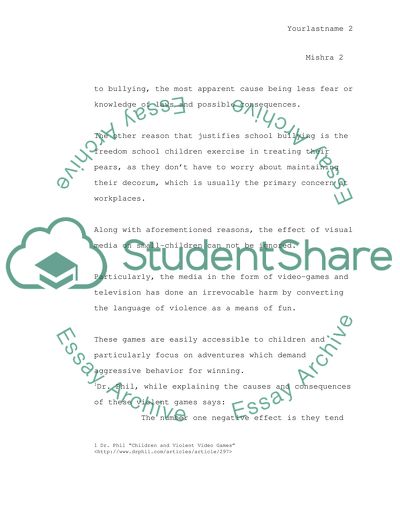Cite this document
(“Bullying at Schools Essay Example | Topics and Well Written Essays - 4500 words”, n.d.)
Retrieved from https://studentshare.org/psychology/1511673-bullying-at-schools
Retrieved from https://studentshare.org/psychology/1511673-bullying-at-schools
(Bullying at Schools Essay Example | Topics and Well Written Essays - 4500 Words)
https://studentshare.org/psychology/1511673-bullying-at-schools.
https://studentshare.org/psychology/1511673-bullying-at-schools.
“Bullying at Schools Essay Example | Topics and Well Written Essays - 4500 Words”, n.d. https://studentshare.org/psychology/1511673-bullying-at-schools.


